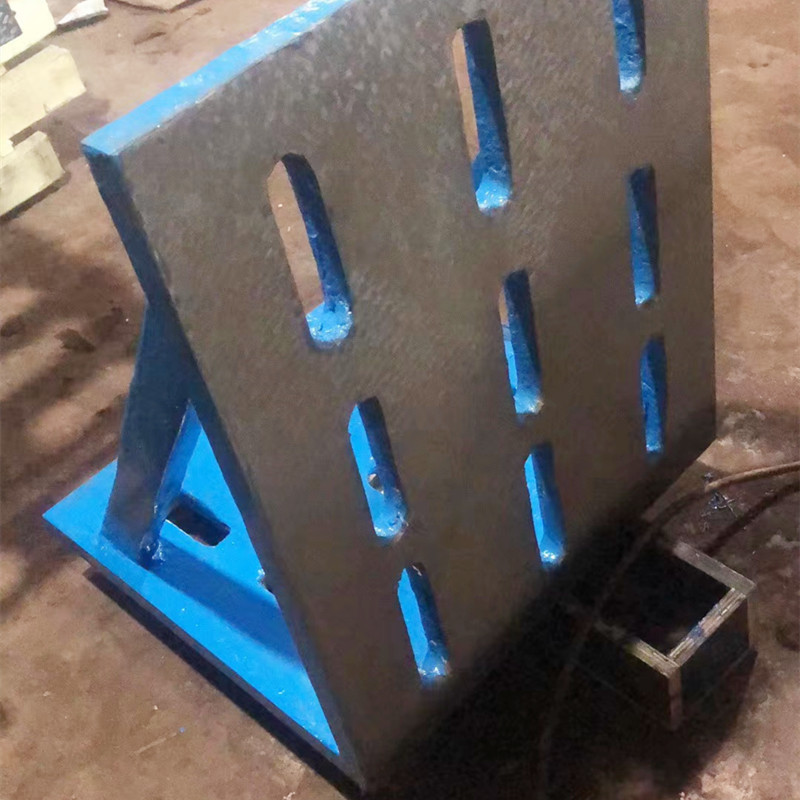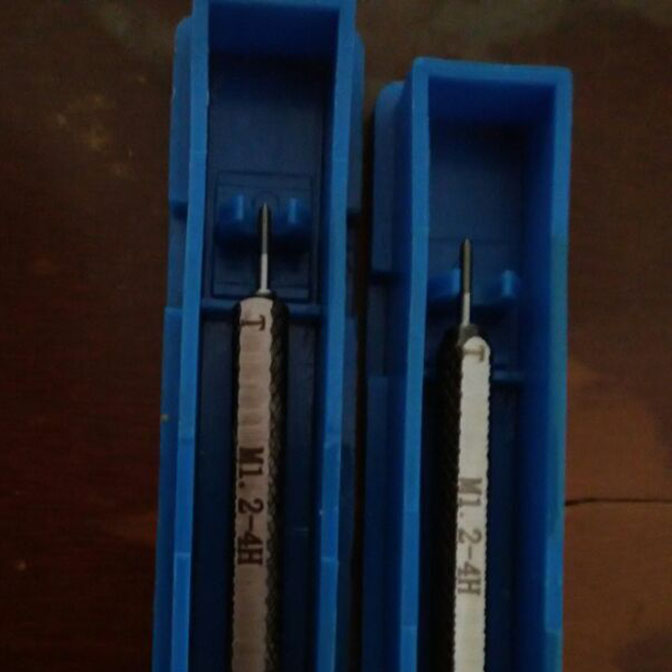फरवरी . 11, 2025 04:45 Back to list
different types of control valves and their applications
Flow control valves play a crucial role in various industrial and commercial applications, providing the ability to regulate and manage the flow of fluids, gases, or slurries within a system. Understanding the different types of flow control valves, alongside their specific functions, advantages, and limitations, is integral to optimizing systems for efficiency and performance. This article delves into the various categories of flow control valves available, providing insights grounded in real-world experiences and expert knowledge.
Diaphragm Valves These valves are distinguished by their flexibility and versatility, often used in systems dealing with corrosive or abrasive media. A diaphragm separates the flow media from the actuator, ensuring contamination-free operation. These are invaluable in industries like pharmaceuticals and water treatment. While their functional capabilities are immense, the diaphragm material dictates their lifespan, highlighting the importance of proper expertise in material selection. Needle Valves When precision in flow regulation is imperative, needle valves are preferred by industry insiders for their ability to offer exact control over flow rates. Their construction allows for fine adjustment, ideal for sampling, injection, or other applications requiring meticulous flow control. However, operators must be trained to understand the slight variations that even small adjustments can cause, a skill honed through experience. Check Valves Integral to preventing backflow, check valves automatically permit flow in one direction. Their simple design makes them a staple in any system requiring unidirectional flow protection. Expert engineers value their role in safeguarding pumps and compressors from damage, making them indispensable in hydraulic and pneumatic systems. Despite their simplicity, issues like back pressure can affect their performance, requiring knowledgeable oversight and placement in the system design. In conclusion, selecting the appropriate flow control valve is pivotal to achieving operational excellence. Each type possesses unique attributes suited to specific applications, backed by decades of engineering advancements and material innovations. By leveraging expertise, practitioners can design systems that optimize performance, ensure safety, and extend the lifespan of both the valve components and the systems they serve. When approached with a comprehensive understanding of the different valve types, operators can address the dynamic challenges posed by modern industrial systems, securing a competitive edge through efficient, reliable flow control.


Diaphragm Valves These valves are distinguished by their flexibility and versatility, often used in systems dealing with corrosive or abrasive media. A diaphragm separates the flow media from the actuator, ensuring contamination-free operation. These are invaluable in industries like pharmaceuticals and water treatment. While their functional capabilities are immense, the diaphragm material dictates their lifespan, highlighting the importance of proper expertise in material selection. Needle Valves When precision in flow regulation is imperative, needle valves are preferred by industry insiders for their ability to offer exact control over flow rates. Their construction allows for fine adjustment, ideal for sampling, injection, or other applications requiring meticulous flow control. However, operators must be trained to understand the slight variations that even small adjustments can cause, a skill honed through experience. Check Valves Integral to preventing backflow, check valves automatically permit flow in one direction. Their simple design makes them a staple in any system requiring unidirectional flow protection. Expert engineers value their role in safeguarding pumps and compressors from damage, making them indispensable in hydraulic and pneumatic systems. Despite their simplicity, issues like back pressure can affect their performance, requiring knowledgeable oversight and placement in the system design. In conclusion, selecting the appropriate flow control valve is pivotal to achieving operational excellence. Each type possesses unique attributes suited to specific applications, backed by decades of engineering advancements and material innovations. By leveraging expertise, practitioners can design systems that optimize performance, ensure safety, and extend the lifespan of both the valve components and the systems they serve. When approached with a comprehensive understanding of the different valve types, operators can address the dynamic challenges posed by modern industrial systems, securing a competitive edge through efficient, reliable flow control.
Latest news
-
Types of Thread Gauge BSP Parallel DesignNewsAug.04,2025
-
Ring Gauge Cylindrical Check ApplicationNewsAug.04,2025
-
Machinist Gauge Pins GCr15 MaterialNewsAug.04,2025
-
Gate Valves for Sale Sewage System UseNewsAug.04,2025
-
Control Valve EPDM Seal MaterialNewsAug.04,2025
-
Cast Iron Y Type Strainer Flange Cover DesignNewsAug.04,2025
Related PRODUCTS









